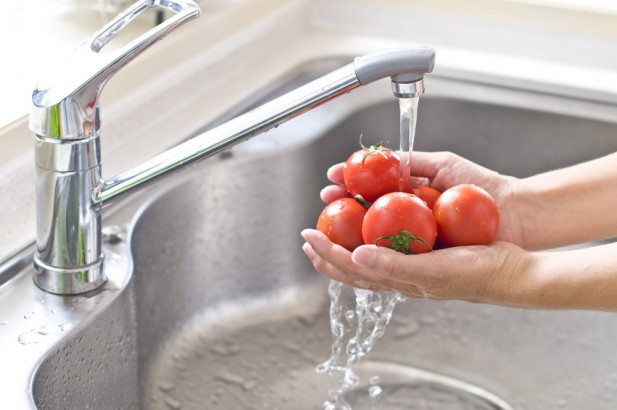Where do germs hide in our houses?
mis à jour le 6 October 2015 à 23:37
No, germs aren't just living outside. They are also in our homes and are not always where we expect them to be. Here's proof with examples of 8 places or utensils that have to be well cleaned to avoid infection.
Over the years, results on hygiene studies have changed. After the keyboards of computers, it became desks, then mobile phones, the escalator ramps or the trays in planes, which were considered as being the favourite spot for germs to proliferate. So, no matter where we put our fingers, germs are present on all objects in our everyday life, and they cause the risk of catching viral diseases (colds, gastroenteritis and co.) or other serious infections (due to Staphylococcus or Escherichia coli). We could almost regret the time when we cared only about the cleanliness of the toilet.
Germ hunt
If there is one point on which the studies agree, it is that our houses are real nests of bacteria. And they are not always where we expect them to be. As a result, we often forget to clean well and disinfect key places. Our sponges are the first sources of germs in our kitchens. Residues of food, holes and humidity. This is the ideal combo for germs. To avoid the proliferation of bacteria, put your wet sponge in the microwaves for 2 minutes every evening (do not forget to wet it beforehand, otherwise it could burn). The heat destroys the germs. Change your sponge every 2 weeks or more often if needed.
Maureen Diament


